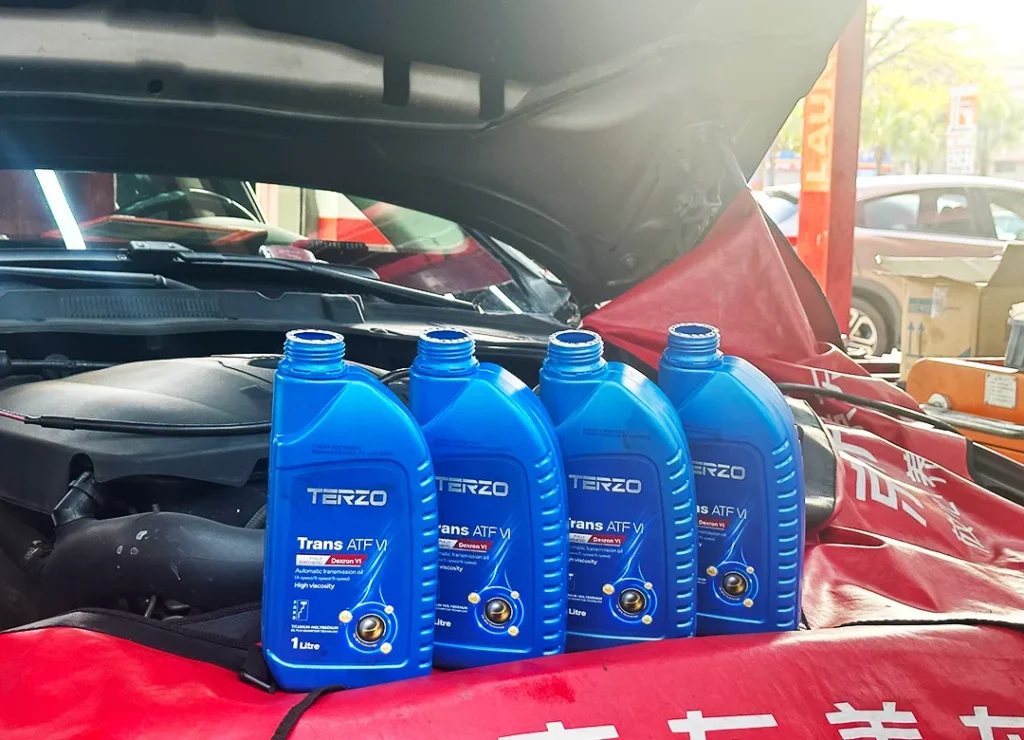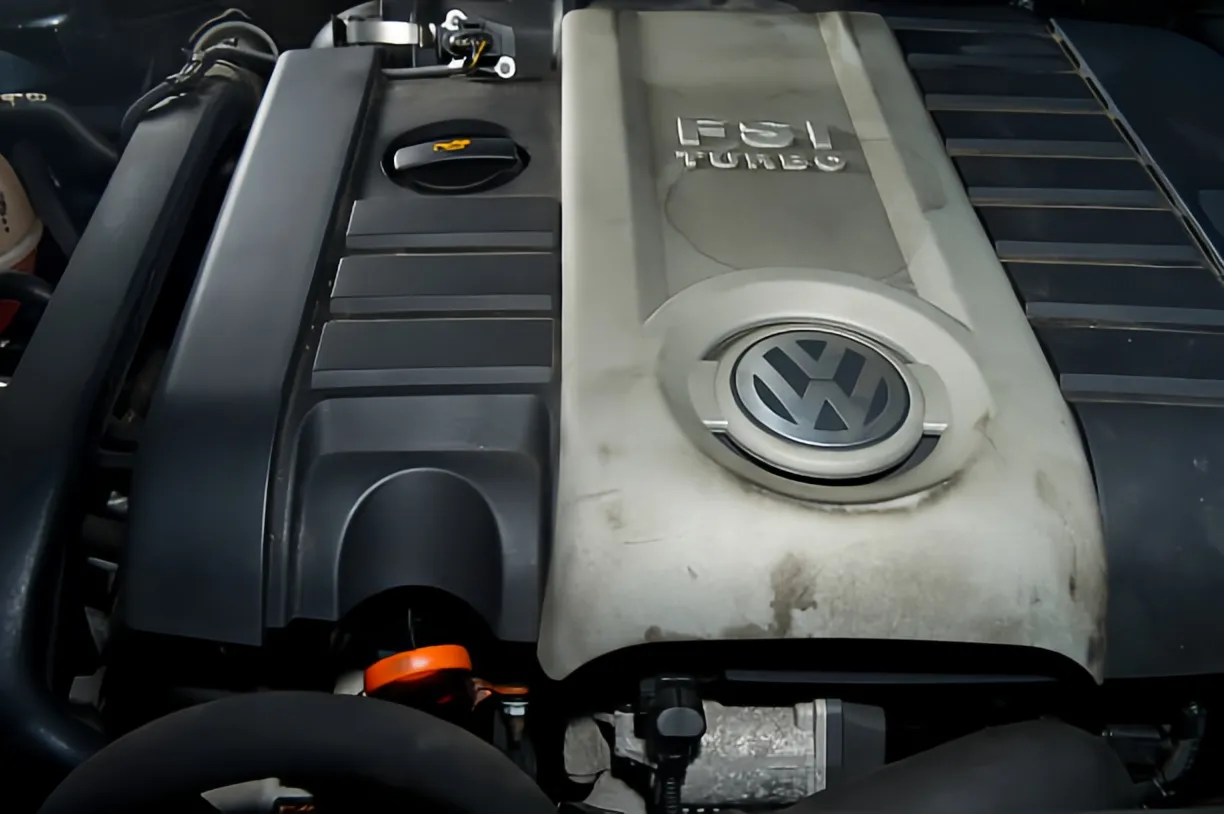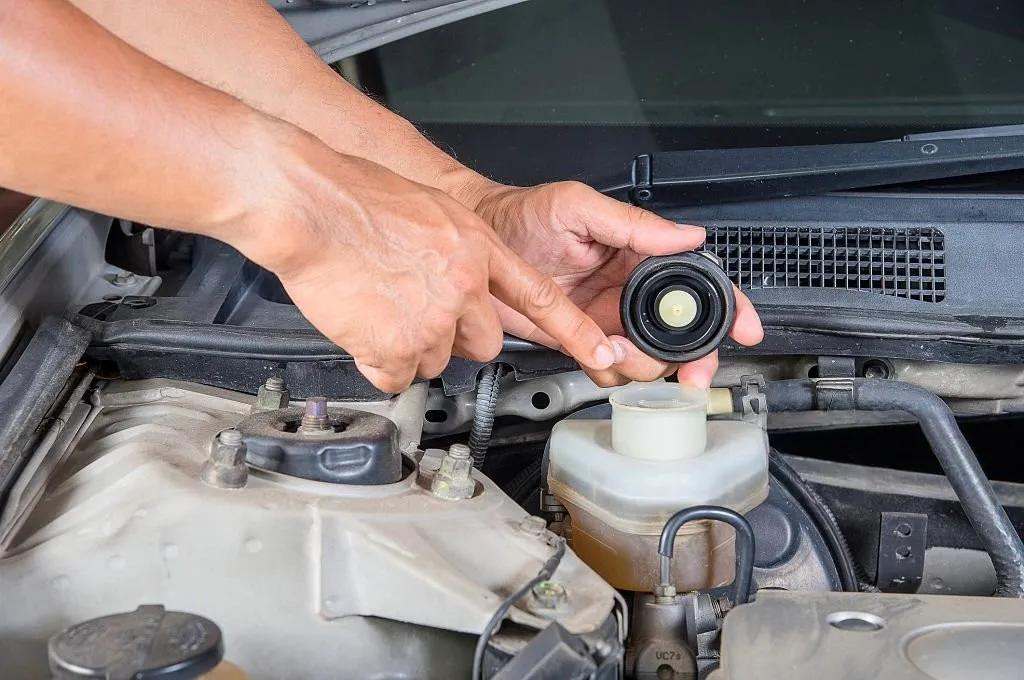Proper transmission fluid maintenance is critical for vehicle longevity and performance. Whether you drive an automatic or manual transmission, knowing how to check transmission fluid ensures smooth gear shifts and prevents costly repairs. This guide explains the correct procedure, signs of low fluid, and why high-quality ATF is the best choice for your vehicle.

Why Checking Transmission Fluid Matters
Transmission fluid lubricates, cools, and cleans internal components. Over time, it degrades due to heat and friction. Low or dirty ATF fluid can cause:
1.Hard shifting or slipping gears
2.Overheating and premature wear
3.ransmission failure
Regularly checking transmission fluid levels helps avoid these problems.
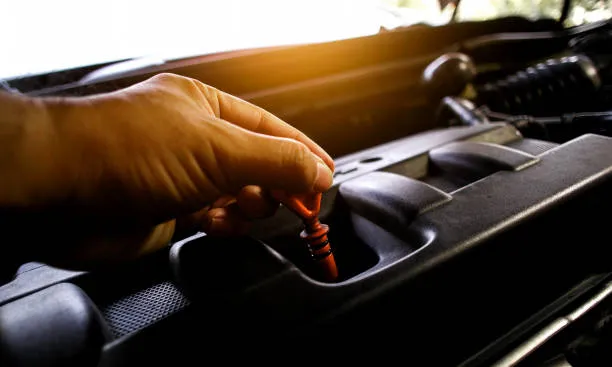
How to Check Automatic Transmission Fluid
Step 1: Park on a Level Surface & Warm Up the Engine
1.Run the engine for 5-10 minutes to ensure fluid expands to operating temperature.
2.Keep the vehicle in Park (automatic) or Neutral (manual).
Step 2: Locate the Transmission Dipstick
1.Most vehicles have a red or yellow dipstick labeled ”Transmission” or “ATF”.
2.If unsure, consult your owner’s manual or contact Terzo’s experts for guidance.
Step 3: Pull the Dipstick & Check Fluid Level
1.Wipe the dipstick clean, reinsert it fully, then pull it out again.
2.The fluid should be between ”Full” and “Add” marks.
Step 4: Inspect Fluid Condition
Healthy ATF fluid is clear red and smells slightly sweet.
Dark, burnt, or gritty fluid means it’s time for a change.

If the Transmission Fluid Is Low – What to Do
If the level is below ”Add,” you need to add transmission fluid:
1.Use the correct ATF type (check your manual or Terzo’s ATF product guide).
2.Insert a funnel into the dipstick tube.
3.Add small amounts, rechecking to avoid overfilling.
Never overfill! Excess fluid can cause foaming and damage seals.
Where Is the Transmission Dipstick?
1.Front-wheel-drive vehicles – Often near the firewall.
2.Rear-wheel-drive vehicles – Typically toward the rear of the engine.
3.Some modern cars – May have sealed transmissions requiring professional checks.
When to Check Transmission Fluid
1.Every 30,000 miles or as specified in your manual.
2.Before long trips or towing heavy loads.
3.If you notice shifting problems or unusual noises.
For optimal protection, use designed for extreme heat and heavy-duty use.

How to Check Manual Transmission Fluid
Unlike automatics, most manual transmissions don’t have a dipstick. Instead:
1.Locate the fill plug (usually on the side of the transmission).
2.Remove the plug – Fluid should be level with the hole.
3.Add fluid if needed using a pump or squeeze bottle.
Choosing the Right ATF Fluid
1. Full-synthetic ATF – For smoother shifts and longer life.
2.High-temperature stability – Ideal for Africa, Southeast Asia, and South America.
3.Compatibility with major brands – Safe for Toyota, Honda, BMW, and more.
Common Mistakes When Checking ATF Fluid
1.Checking when cold – Gives false low readings.
2.Using the wrong ATF type – Can damage seals and clutches.
3.Ignoring dirty fluid – Leads to sludge buildup.
For expert advice, reach out to support team.
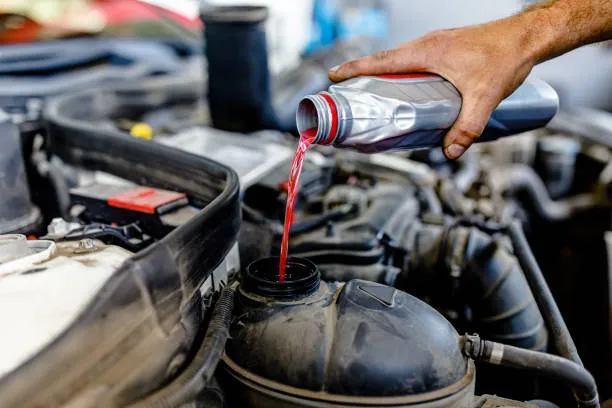
Final Tips for Transmission Care
1.Follow manufacturer intervals for fluid changes.
2.Use only premium fluids pour une protection maximale.
3.Inspect for leaks – Low levels often mean a seal or gasket issue.


